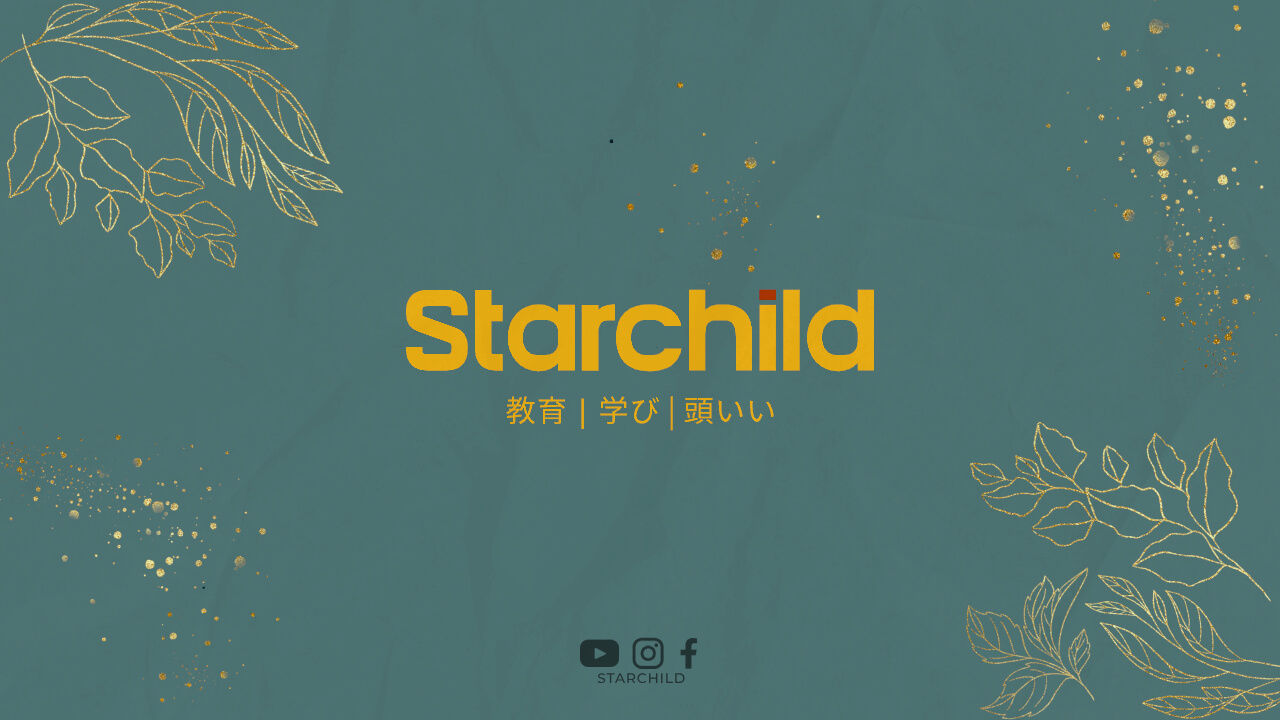Introduction
高等学校カリキュラム, or Japanese high school curriculum, is a comprehensive program designed to equip students with the necessary skills and knowledge for tertiary studies or employment.
In Japan, high school education is compulsory and consists of three years of study. The curriculum covers a wide range of subjects, including Japanese language, mathematics, science, social studies, physical education, and foreign languages.
Japanese Language
Japanese language is a core subject in the high school curriculum. It focuses on developing students’ reading, writing, and communication skills in Japanese. The curriculum covers grammar, vocabulary, reading comprehension, composition, and speaking skills.
Students also learn about Japanese literature, history, and culture through various texts and materials. The aim is to help them appreciate the richness and diversity of their language and heritage.
Mathematics
Mathematics is another core subject in the high school curriculum. It covers a range of topics, including algebra, geometry, trigonometry, probability, and statistics. The aim is to develop students’ analytical, logical, and problem-solving skills.
The curriculum also includes practical applications of mathematics in real-life situations, such as finance, economics, and science. Students are encouraged to use calculators and computers to aid their calculations and analyses.
Science
Science is a compulsory subject in the high school curriculum. It covers three major areas: biology, chemistry, and physics. The aim is to develop students’ understanding of the natural world and its processes.
The curriculum includes both theoretical and practical aspects of science. Students learn about scientific concepts, principles, and theories through experiments, observations, and research. They are encouraged to think critically and creatively about scientific problems and issues.
Social Studies
Social studies is a compulsory subject in the high school curriculum. It covers a wide range of topics, including history, geography, civics, and economics. The aim is to develop students’ understanding of society and its structures.
The curriculum includes both theoretical and practical aspects of social studies. Students learn about historical events, political systems, economic theories, and cultural practices through various texts and materials. They are encouraged to think critically and reflectively about social issues and problems.
Physical Education
Physical education is a compulsory subject in the high school curriculum. It focuses on developing students’ physical fitness, health, and well-being. The curriculum includes various activities, such as sports, games, and exercises.
Students learn about the benefits of physical activity and healthy lifestyles. They also develop their teamwork, leadership, and communication skills through group activities and projects.
Foreign Languages
Foreign languages are elective subjects in the high school curriculum. Students can choose to study one or more foreign languages, such as English, French, German, or Chinese. The aim is to develop students’ communication skills in other languages and cultures.
The curriculum covers grammar, vocabulary, reading comprehension, composition, and speaking skills. Students also learn about the culture and society of the countries where the languages are spoken. The aim is to help them appreciate the diversity and richness of the world’s languages and cultures.
Conclusion
高等学校カリキュラム, or Japanese high school curriculum, is a comprehensive program designed to equip students with the necessary skills and knowledge for tertiary studies or employment. It covers a wide range of subjects, including Japanese language, mathematics, science, social studies, physical education, and foreign languages. The aim is to develop students’ intellectual, physical, and social abilities, and prepare them for a successful and fulfilling life.




